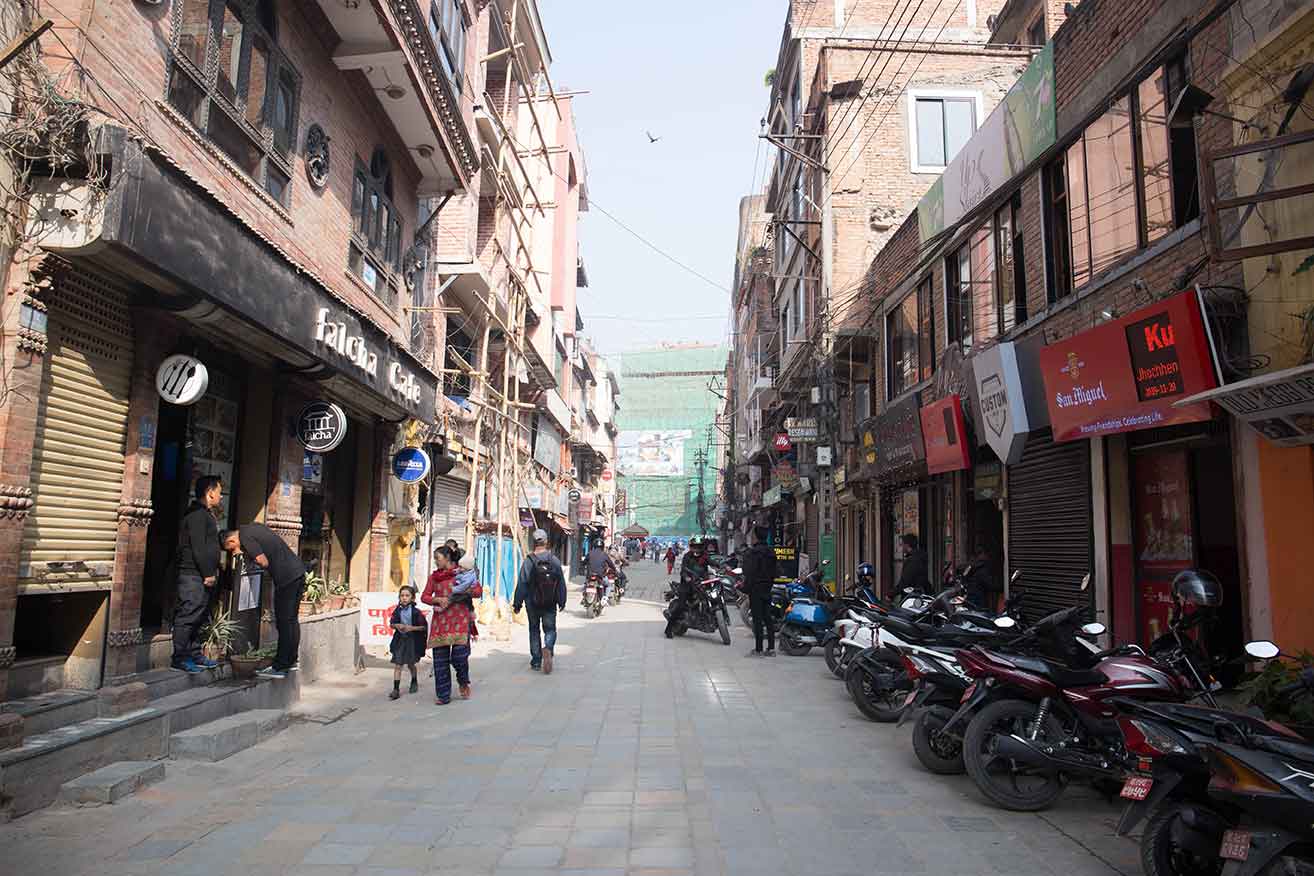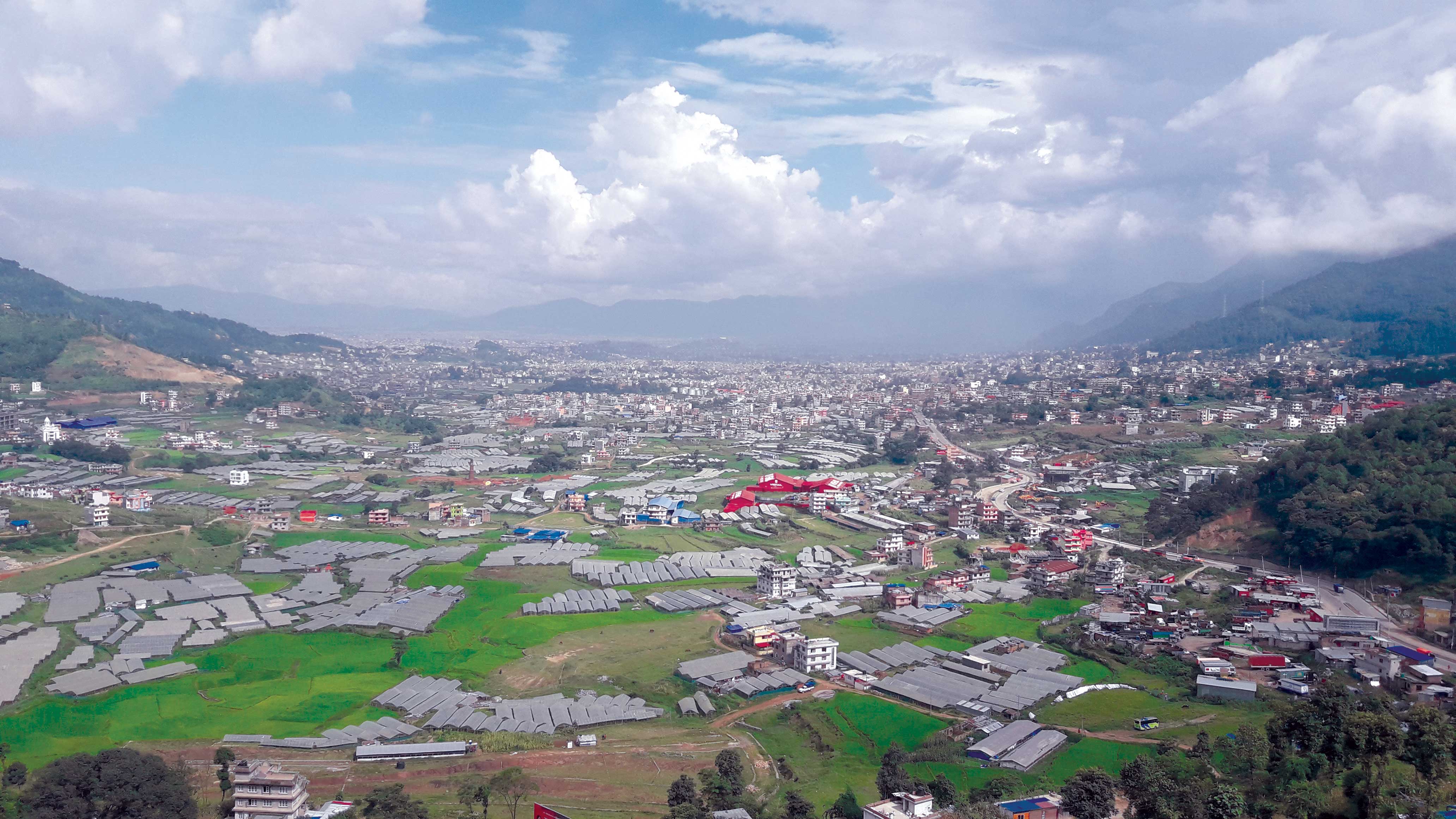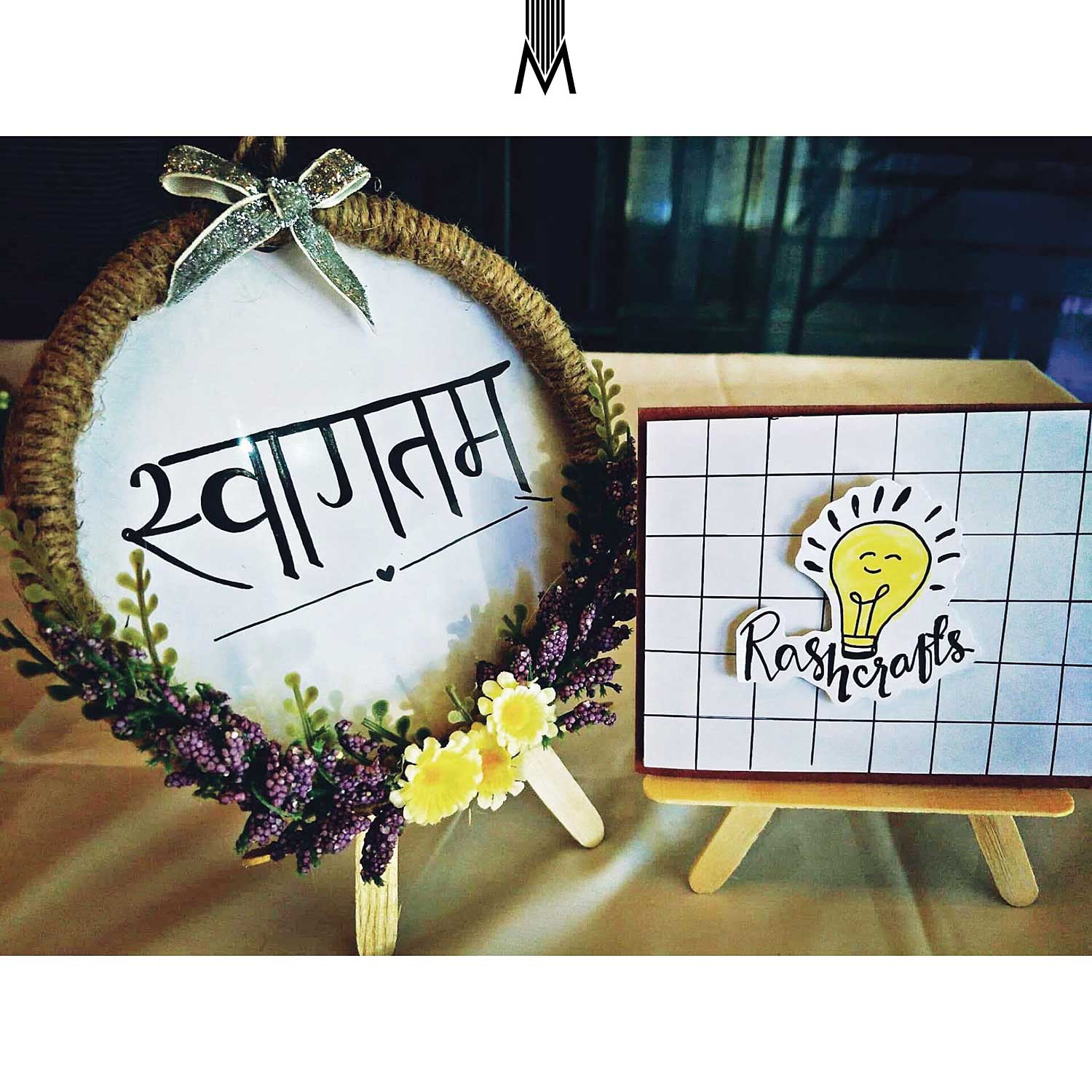A hike to Murma Top was a definite highlight of our Simikot-Rara trek. What was meant to be an unassuming uphill walk for a bird’s eyeview, had our neck muscles throb and legs scream in pain up a treacherous climb.
 Three days into reaching Rara National Park, we’d checked it all off of our list—boating on the lake, singing and dancing with local Tamang women, sampling rhododendron and moonshine mixes, hiking around the lake under the influence, and spending hours on machans gazing at the ripples, trying to look rather philosophical for a selfie. With skinny dipping in the lake strictly prohibited (park security is taken quite seriously), we struggled to plot our next shenanigan at the gorgeous lake.
Three days into reaching Rara National Park, we’d checked it all off of our list—boating on the lake, singing and dancing with local Tamang women, sampling rhododendron and moonshine mixes, hiking around the lake under the influence, and spending hours on machans gazing at the ripples, trying to look rather philosophical for a selfie. With skinny dipping in the lake strictly prohibited (park security is taken quite seriously), we struggled to plot our next shenanigan at the gorgeous lake.
Around the dining room’s warm furnace that evening congregated gleeful park rangers, unsettled conservationist experts, a promiscuous salt trader, and our bemused trekking clique. Several solmari top-ups later, the chatter swayed impassionately between conspiracy theories about disappearance of red pandas and a fiasco of the southern blockade. We waited until the heated conversation ran its course, hopeful to get inside stories of Rara, our raison d’être at the isolated lake.
The debate showed no signs of stopping, and just as we decided to hit the sack, the owner turned to us and said, “Have you been to Murma Top? You can see Rara and all the surrounding hills. It’s a vantage point about two hours from here.” And, immediately giving us the heads up, he added, “But for you, I would say four hours.” It’s quite normal for locals to gauge your stamina, or lack thereof, after asking where you’re from. “From Kathmandu? You must be a snail. Care for walkers?” Bruised machismo aside, after spending a few nights by Rara’s shore, getting a bird’s eyeview of the lake sounded inviting.
Shortly past noon the next day, we packed up and made our way to the hilltop. Murma turned out to be a largely untouched Magar village where we’d crash in a cozy homestay. Murma Top would be another session of hike up. Without wasting time we got directions from our host, and just towards the dusk, we began our hike to the Top, unbeknownst of what laid ahead.
 Little did we know that the shortcut we were suggested meant just following the plain line of sight of a communication tower, the only structure at the top. After passing mud houses, a few fields followed by thorny bushes, we’d veered off the barely trodden path. After trudging for almost an hour from our homestay at altitudes just under 3,500 m, we could feel the air thin out. We stared at the steep cliff we were meant to climb on the last bit. We endured sloppily on all fours, grabbing rocks and shrubs and anything we could get hold of to pull ourselves up the hill, with no trails to follow, and at gradients nothing short of 70 degrees. To make matters worse, it was towards twilight, and our map clearly lied to us about tea inns being at the top.
Little did we know that the shortcut we were suggested meant just following the plain line of sight of a communication tower, the only structure at the top. After passing mud houses, a few fields followed by thorny bushes, we’d veered off the barely trodden path. After trudging for almost an hour from our homestay at altitudes just under 3,500 m, we could feel the air thin out. We stared at the steep cliff we were meant to climb on the last bit. We endured sloppily on all fours, grabbing rocks and shrubs and anything we could get hold of to pull ourselves up the hill, with no trails to follow, and at gradients nothing short of 70 degrees. To make matters worse, it was towards twilight, and our map clearly lied to us about tea inns being at the top.
We crawled up the dizzying cliff for what felt like eternity, until we finally reached the tower. A sense of relief set in, but we were upset that the locals would recommend us such a dangerous route. But then, turning our sight to the other side, all the lamentations vanished with the clouds now at eye level that slowly unveiled the mystical Rara Lake turning golden at this hour. With chilly winds now flowing through the valley, clouds started dancing around us and the forests in their fresh evening air created an ambience that no cafe in chic streets of Kathmandu could offer. Westwards, waves after waves of hills stretched endlessly into the horizon, where Saipal Himal was visible, though barely, through that haze.
What surprised me for a brief second was the windy foot-wide trail that ran through the forest, which happened to be the main trail from the village, one that also sported jaw dropping views of the lake throughout. It all made sense why the locals didn’t recommend the main trail, because the lake—mysterious, dreamy, and one that captured every imagination—was just there. The villagers had no business going to the top, leaving their daily chores to see the taken-for-granted lake that we hapless travelers had trekked for several days just to get a glimpse of. “I don’t know how long it takes to get there at a slow pace, because I’ve never had to go there without work,” I recalled our host saying. “I clock 30 minutes if I have to go there.” We couldn’t have guessed this could possibly entail the steepest possible climb on a barely trodden route.
But nothing was regretted when we stood still in awe, hypnotized by the flawless lake below in that inexplicably calm evening where the horizon flamed in golden lights, and the chilly breeze playfully whistled in our ears. As short-lived yet soulful our Rara’s affair was from Murma Top, night inevitably fell, and it was time to head back.











